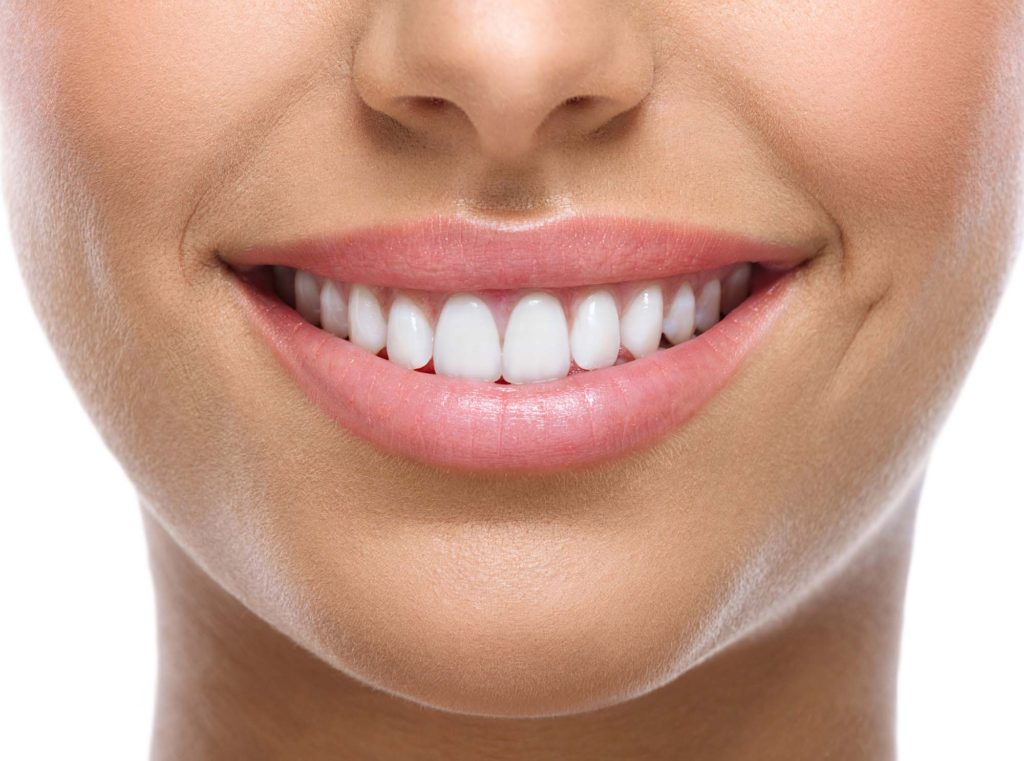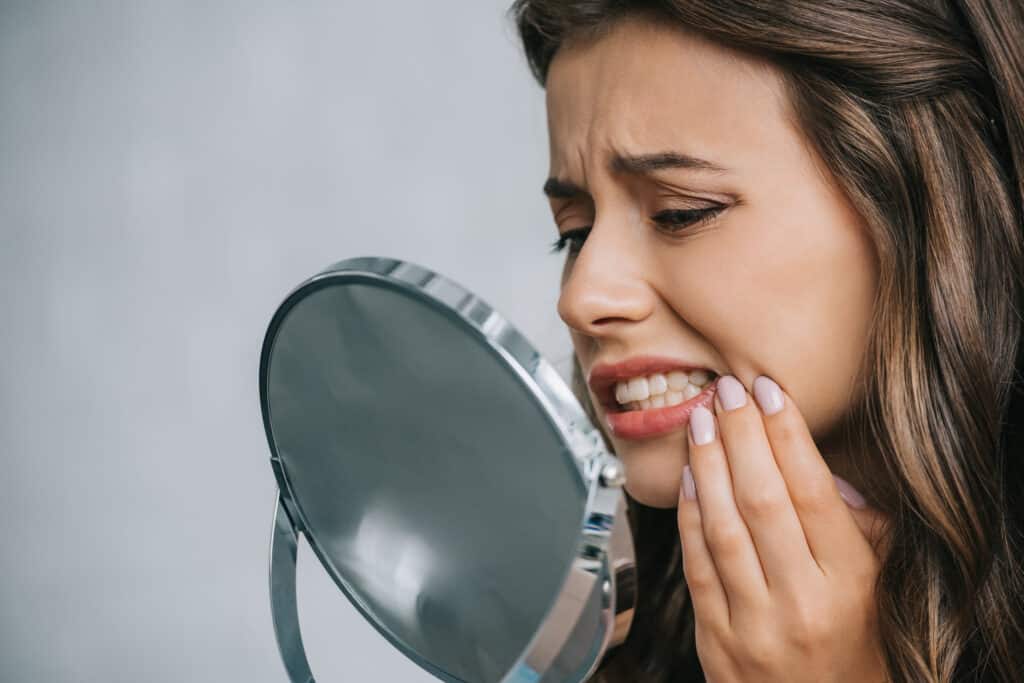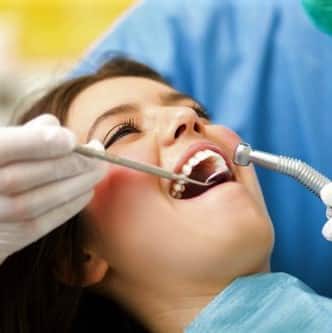For anyone who has worn braces (which is most of us), learning that you have to wear a retainer after braces is not a pleasant thought. The process of wearing braces is often a long and strenuous one. Orthodontist visits go by month after month, leaving your mouth sore and in pain for days. These painful days give small bits of hope that eventually you will have a perfectly straight smile.

When that glorious day finally comes of getting your braces off, you feel on top of the world with your new smile and you’re ready to go out and conquer the world. However, for almost everyone, there is one more item of business to complete before you can go do that conquering: wear a retainer. Wearing a retainer ensures that all the hard work you did to get a beautiful smile doesn’t go to waste.
A commonly asked question after getting braces off is, “How long do I have to wear my retainer?”
Well, that depends.
Do You Have to Wear a Retainer Forever?
The amount of time you will have to wear a retainer after braces depends on the plan your orthodontist gave you, the condition and progress of your teeth, and the type of retainer you have.
Some orthodontists choose to give patients a permanent or bonded retainer. This type of retainer is typically glued to the back of your front six teeth with a powerful mixture so most people never have to replace it. A permanent retainer is convenient since you don’t have to take it in and out of your mouth everyday. Although it has its benefits, orthodontists traditionally recommend using a removable retainer instead.
Over 58 percent of orthodontists actually prefer removable retainers over permanent retainers when a braces treatment is complete. For the first 4 to 6 months after braces are removed, retainers should be in constantly, except during meals and cleanings.
Once the time designated by your orthodontist has come, most recommend transitioning the time of wearing the retainer to at night only. After a certain amount of time, your teeth will not be as likely to move so you can slowly start wearing your retainer less. The best thing you can do to keep your teeth in place for a long time is follow the instructions of your orthodontist.

The Consequences of Not Wearing Retainer After Braces
While braces are on the teeth, the wires and rubber bands hold the teeth and jaw in place, but once those are removed, the teeth are free to move again. The purpose of a retainer is to prevent your teeth from moving back to their original position after braces are removed. This is why most orthodontists recommend wearing retainers 24/7 when braces are first removed so you can preserve your new smile.
Most of the time, you won’t be able to tell immediately that your teeth are moving if you don’t wear your retainer. Overtime, the results will become obvious and at that point, further orthodontic treatment may be required. Those tiny movements each day can add up to drastically change your smile that you worked so hard to obtain.
Achieving a beautiful smile is not always easy. In fact, it requires dedicated effort and maintenance. Getting your teeth straightened and aligned can take a significant amount of time whether that’s through braces, invisalign, dental implants, or wearing a retainer. Through these resources, dentists and orthodontists are able to help patients achieve the smile of their dreams.
Just like how we should regularly visit the dentist and get our teeth cleaned, we should also wear our retainer after braces as part of our teeth maintenance routine. Dentists are able to repair broken, rotten, and damaged teeth through different resources like crowns, fillings, root canals, and more, but it helps their job be easier when we keep our teeth aligned by correctly wearing retainers.
How to Care for Your Retainer
Permanent Retainers
Caring for a retainer after braces is fairly simple but does take a good effort to adequately keep them clean.
For permanent retainers, the cleaning process is a little more rigorous. First and foremost, brushing your teeth twice a day helps keep your teeth clean from food and germs that have collected in your mouth. Brushing can also be a way to get surface level particles off of the surface of your teeth and retainer.
The next major way to keep your retainer clean is to floss, but not the traditional way. Because a permanent retainer is across multiple teeth, you won’t be able to floss regularly and get above the retainer to your gums. Floss threaders are a helpful and easy way to guide the floss and get it through small crevices up to your gums. Water picks can also be an effective way to get around the retainer.
Scheduling regular visits to the dentist for professional teeth cleanings is the best way to ensure you get thorough cleanings. With the equipment and training in a dentist’s office, professionals can remove plaque and tartar buildup that you just can’t always get on your own. Frequent visits can also help you avoid developing major problems that require intense dental treatments.

Removal Retainers
Cleaning a removable retainer is a bit different than maintaining a permanent retainer after braces. The first thing you should do is keep your retainer case clean. Your case is what holds your retainer when it’s not in your mouth, so you want to keep it sanitary. Remember to always put your retainer in its case when it’s not in your mouth to prevent losing it.
Cleaning the retainer itself is important, as well. Orthodontists often prescribe cleaning methods that can involve soaking your retainer in denture-cleaning products and brushing it everyday. To avoid getting your retainer dirty, make sure you take it out when you eat and drink beverages other than water. Leaving it in when you eat and drink can cause material to get stuck and build up in between your teeth and the retainer.
Wearing Your Retainer is Worth It
Remember that it is worth it to be diligent about wearing your retainer after braces are off. Keeping that beautiful new smile intact for the rest of your life can come from just a few short months of diligently wearing your retainer.
